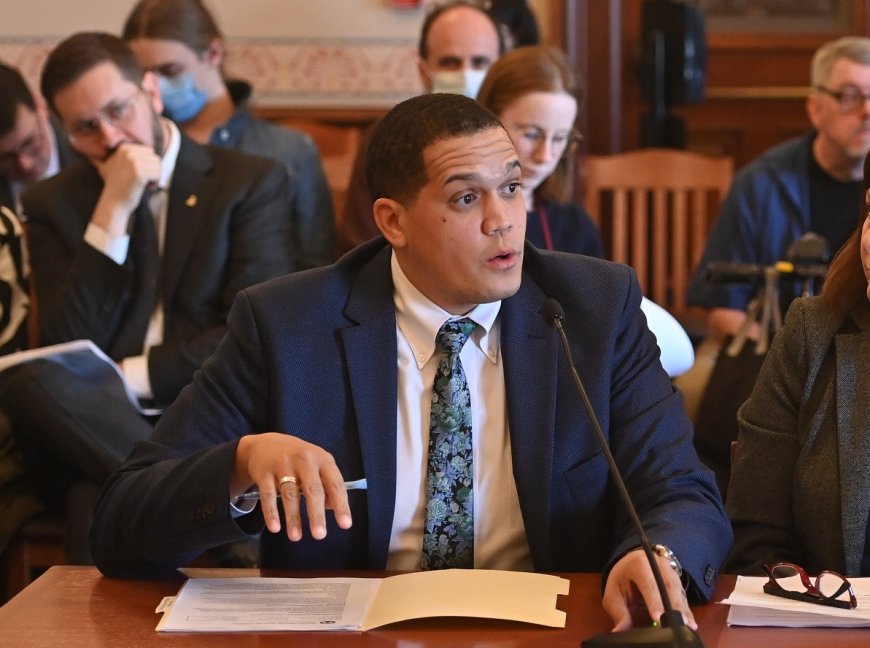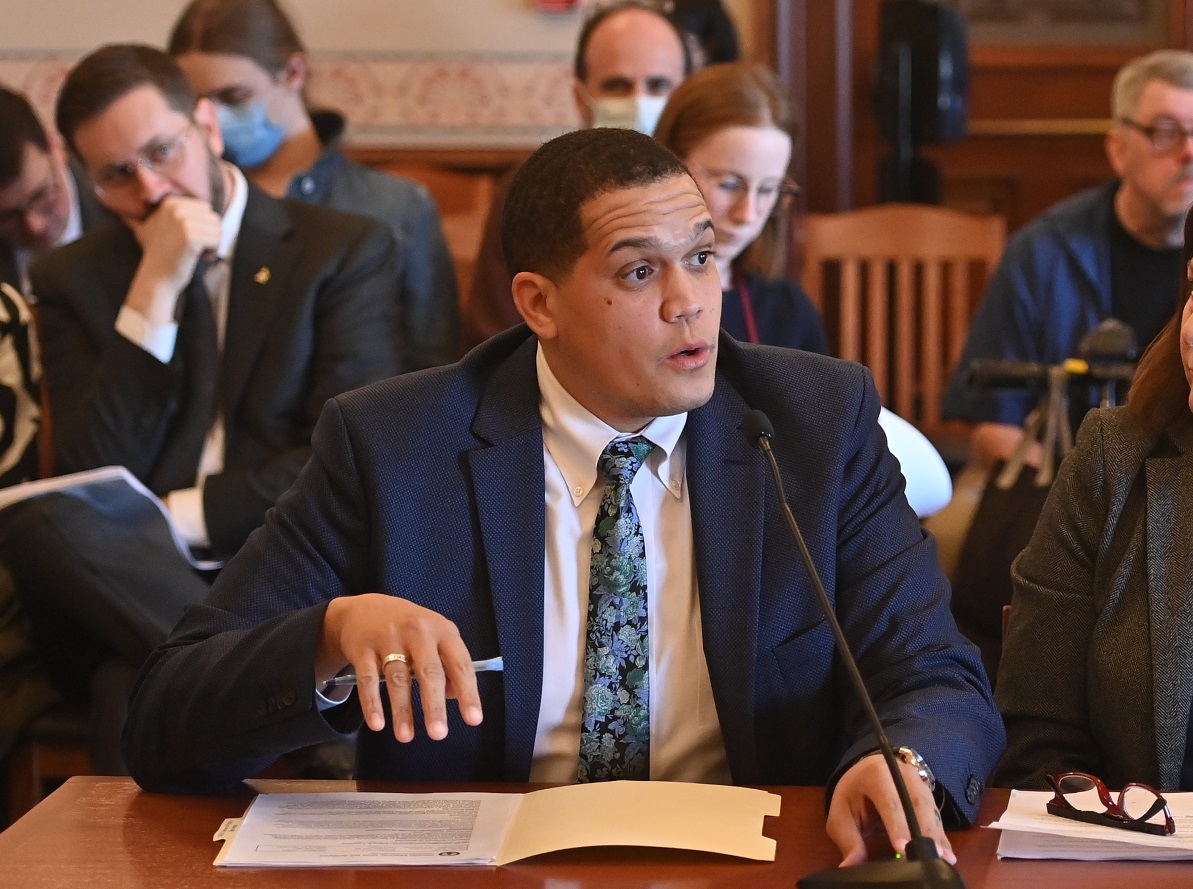Peters strengthens child labor laws to protect youth from exploitation
Peters strengthens child labor laws to protect youth from exploitation Illinois Senate Democratic

Protecting Children’s Rights and Well-being
 CHICAGO — In an effort to safeguard the rights and well-being of the state’s youngest citizens, State Senator Robert Peters passed legislation out of the Senate Labor Committee on Wednesday.
CHICAGO — In an effort to safeguard the rights and well-being of the state’s youngest citizens, State Senator Robert Peters passed legislation out of the Senate Labor Committee on Wednesday.
“This initiative is about taking care of issues we have seen associated with child labor,” said Peters (D-Chicago). “It lays out updated guidelines that look out for our kids – their rights, their schooling, and their futures.”
Addressing Child Labor and Ensuring Protection
Senate Bill 3646 provides more protection for children in the workforce by addressing various aspects of child labor, including working conditions, age requirements, and sectors prone to exploitation.
Expanding Protections for Non-Traditional Students
Peters’ bill extends protections to minors who are not enrolled in traditional public or private schools with standard school hours to define when a student is permitted to work. This ensures that all children, regardless of their educational setting, are afforded the same rights and protections.
Strengthening Regulations and Penalties
The legislation also adds to the list of prohibited jobs for minors and jobs requiring adult supervision, further enhancing the safety and well-being of young workers. Additionally, it imposes increased penalties for violations, sending a strong message that child labor will not be tolerated in the state of Illinois.
Advancing the Sustainable Development Goals
- Goal 4: Quality Education – By protecting the rights of children and ensuring their access to education, Senate Bill 3646 contributes to achieving universal quality education for all.
- Goal 8: Decent Work and Economic Growth – The legislation addresses working conditions and sectors prone to exploitation, promoting decent work and economic growth while protecting the well-being of young workers.
- Goal 10: Reduced Inequalities – By extending protections to non-traditional students, the bill aims to reduce inequalities in the workforce and ensure equal opportunities for all children.
- Goal 16: Peace, Justice, and Strong Institutions – Strengthening regulations and imposing increased penalties for violations helps establish a just and fair society that protects the rights of its youngest citizens.
Next Steps
Senate Bill 3646 now heads to the full Senate for further consideration. If passed, it will mark a significant step towards protecting the rights and well-being of children in the state of Illinois.
SDGs, Targets, and Indicators
1. Which SDGs are addressed or connected to the issues highlighted in the article?
- SDG 4: Quality Education
- SDG 8: Decent Work and Economic Growth
- SDG 16: Peace, Justice, and Strong Institutions
2. What specific targets under those SDGs can be identified based on the article’s content?
- SDG 4.4: By 2030, substantially increase the number of youth and adults who have relevant skills, including technical and vocational skills, for employment, decent jobs, and entrepreneurship.
- SDG 8.7: Take immediate and effective measures to eradicate forced labor, end modern slavery and human trafficking, and secure the prohibition and elimination of the worst forms of child labor.
- SDG 16.2: End abuse, exploitation, trafficking, and all forms of violence against and torture of children.
3. Are there any indicators mentioned or implied in the article that can be used to measure progress towards the identified targets?
Yes, the article implies indicators that can be used to measure progress towards the identified targets:
- Number of minors protected by legislation addressing child labor
- Number of prohibited jobs for minors
- Number of jobs requiring adult supervision
- Number of violations and penalties imposed for child labor
SDGs, Targets, and Indicators Table
| SDGs | Targets | Indicators |
|---|---|---|
| SDG 4: Quality Education | 4.4: By 2030, substantially increase the number of youth and adults who have relevant skills, including technical and vocational skills, for employment, decent jobs, and entrepreneurship. | – |
| SDG 8: Decent Work and Economic Growth | 8.7: Take immediate and effective measures to eradicate forced labor, end modern slavery and human trafficking, and secure the prohibition and elimination of the worst forms of child labor. | – |
| SDG 16: Peace, Justice, and Strong Institutions | 16.2: End abuse, exploitation, trafficking, and all forms of violence against and torture of children. | – |
Behold! This splendid article springs forth from the wellspring of knowledge, shaped by a wondrous proprietary AI technology that delved into a vast ocean of data, illuminating the path towards the Sustainable Development Goals. Remember that all rights are reserved by SDG Investors LLC, empowering us to champion progress together.
Source: illinoissenatedemocrats.com

Join us, as fellow seekers of change, on a transformative journey at https://sdgtalks.ai/welcome, where you can become a member and actively contribute to shaping a brighter future.







